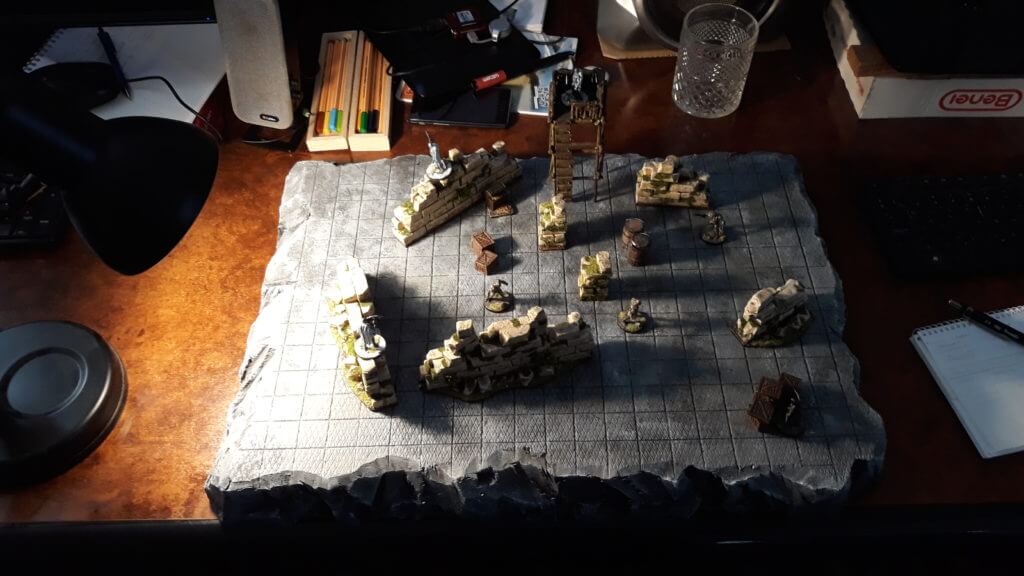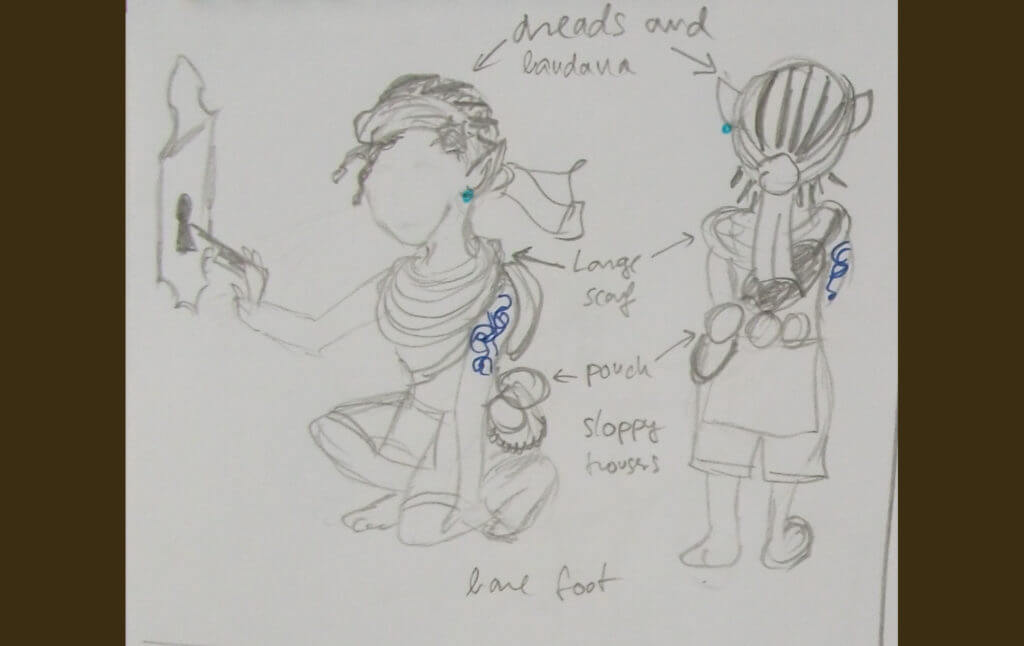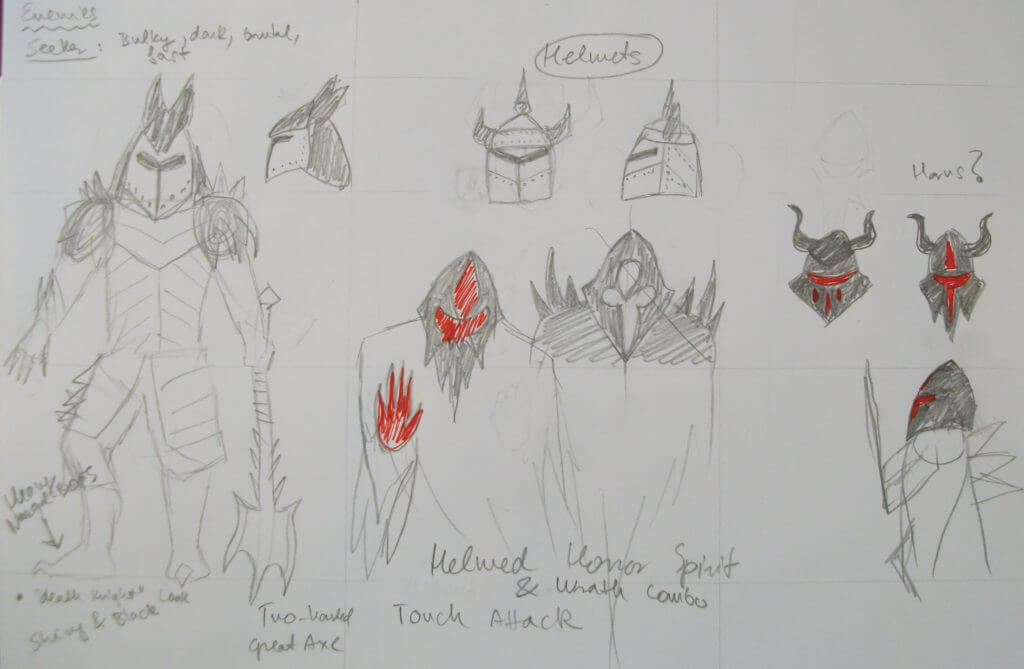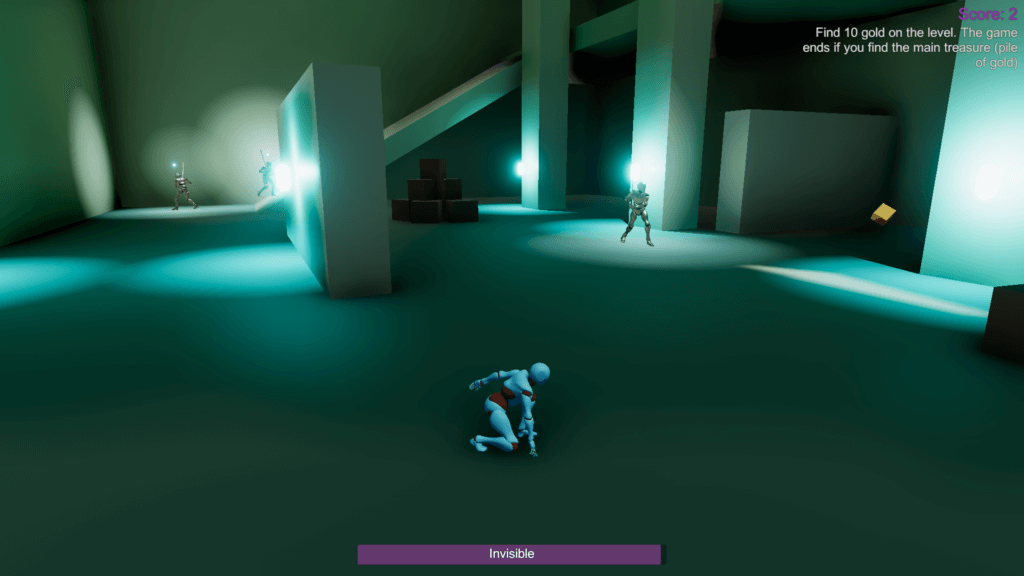Last week we made the concept document and defined the scope of our game, the Shadowdancer. This week task was to prototype the key elements quickly.
We made two non-digital and several digital prototypes this week. You might ask if this will be a video game, why are we doing any non-digital prototype?
The non-digital prototype is very cheap and fast to make and still can provide necessary information about the element we are testing. Most of the real-time games can be represented in a turn-based system.
In this article, I’ll show you the prototypes we made and the results and answers we got from them.
1st Prototype (non-digital)
In this version, we wanted to simulate the game in a non-digital way. We used our terrains and miniatures for Dungeon & Dragons Tabletop RPG, and a desktop lamp to create shadow areas. We measured the time in rounds.


Question 1: When to become invisible and for how long?
We tested several ideas in house, by playing with this setup. We used two different types of enemy: a seeker and a sniper. The result of this test was:
- When the player instantly become invisible when he steps into the shadows, wasn’t much fun.
- We need to add some constricts of how and when to become invisible.
- The game strongly depends on the level design.
2nd Prototype (art)
With these concept drawings, we wanted to explore the core visual features of the main character and the enemies. We started with the main character.
What are the core visual features of the main character?



We had two keywords: female and sneaky.
After this prototype, we ended up with a female character who resembles a halfling: small as a human child, but with a grown-up woman look. She won’t need any weapons since the game doesn’t involve any fighting feature, but she will need pockets and pouches to store the valuables she collects.
She should be joyful and cute and moderately sexy to represent the halfling-ish style. We need to show the player her connection to the shadows, this will be done through her color changing tattoos.
What are the core visual features for the enemy characters?
We had a starting point after we created the player character concept: we want our enemies to be big and dangerous looking, but not too horrible.


Seeker type enemy (melee): similar to a death knight or armored Nazgul, with a large 4-bladed two-handed mace and distinctive helmet.
Sniper type enemy (ranged): a wraith-like spirit with spiked shoulder guards, burning eyes, and a ghostly bottom part.
3rd Bunch of small Prototypes (digital)
Now it was the time to start testing our ideas in the 3D space. I made several small prototypes to learn about the requirements and solutions. At this point, I worked quick and dirty.
- Shadow Detection: This is the most essential feature of the game, so I started with this. Fortunately, I found an asset in the Asset Store very quickly.
- 3D Game Kit setup: We decided to use the 3D Game Kit asset for giving a frame of this project. We used it in the past, and it was surprisingly quick to work with. Setting up the game kit contained to make the enemy and the player retargetable to make it easier for us to swap out the characters.
4th Prototype (Playable Prototype)
We use basic shapes, mostly cubes for the environment. For the characters, we downloaded the Xbot and Ybot from Mixamo. Character animations are from the 3D Game Kit and from Mixamo. For the enemies, we use the Longsword Animset Pro from Kubold. We added background music and sound effects (enemy quotes) too.
(Note: Longsword Animset Pro is no longer available, but worth to check the other packages from Kubold)


We really don’t want to spend a lot of time on this part. The goal was to make something that resembles the game that we have in our minds. Later this will help us to keep on the same page.
We also wanted to answer several questions with this prototype.
- Is the gameplay fun?
- How difficult is the test level?
- How do the invisibility mechanics feel?
- How does the size difference feel between the main character and the enemies?
We gave this version to some of our friends and got a bunch of useful feedback.
- The gameplay is fun, the goals are easy to understand, and the controls are OK.
- The enemies are threatening because the protagonist can’t defend herself.
- Jump is too powerful, we need to refactor this action.
- The player can run off the enemies. This was intended, but we need more dangerous sniper enemies from which the player can’t run away.
- The level should be more tunnel-like, to match our scope. The test level was sandbox-ish, it gave the player too many options.
- The character models and enemy sounds made the players think this will be a sci-fi game. That is wrong, we have to get rid of this problem before the next playtest.
- Improvement on AI. We need three states of alertness: no alert, alert and high alert. After spotting the player, they stay alert and search for a while.
The playtest also led to some extra questions:
- How much control should the player have on the character movement modes? Run-walk toggling and invisible should be automatic, or controlled by the player?
- How could the player use his creativity to reduce the time to wait for enemies to go away? For example, throwing stones to distract enemies.
That’s it for this week, hope you enjoyed this article. Next week we will focus on these feedbacks and questions.
We’ll see you all next week!





One thought to “Shadowdancer DevBlog Week 2 – Prototyping”